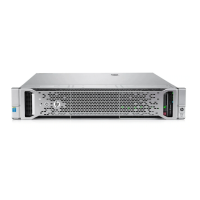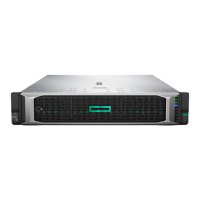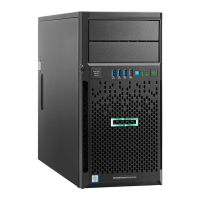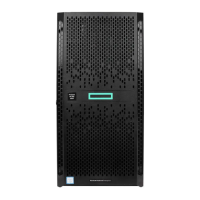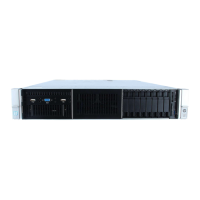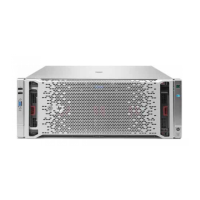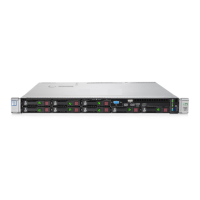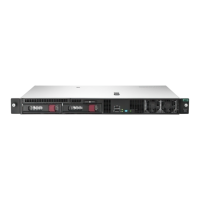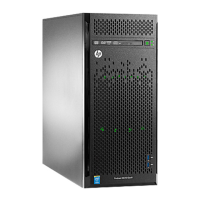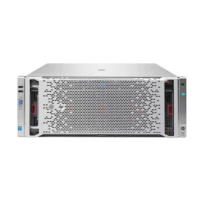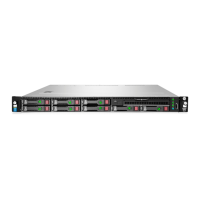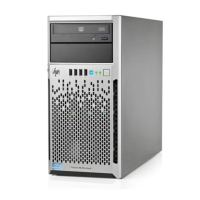Advanced topics
Using the HPE USB Key Utility
The HPE USB Key Utility is a Windows application that copies Intelligent Provisioning or HPE SPP
contents, and other CD or DVD images to a USB flash drive. After copying data to the USB flash drive,
you can run Intelligent Provisioning or SPP from the USB flash drive instead of from a CD or DVD. This
process is beneficial in headless-server operations. It also simplifies the storage, transportation, and
usage of the contents by allowing you to retrieve their images from the web and customize them as
needed.
Prerequisites
Installing applications onto a USB flash drive requires a supported source CD, DVD, or ISO, and a USB
flash drive with adequate storage space for storing the source contents. The USB Key Utility requires a
USB 2.0 flash drive with a storage size larger than the media or ISO image (2 GB or greater).
AutoRun files
AutoRun files do not start automatically from the utility. To start an AutoRun file, double-click the
autorun.exe file in the appropriate CD or DVD folder on the USB Key.
Creating a bootable USB key
Installing the utility adds a shortcut in HPE System Tools in the Programs Start menu folder. To create a
bootable USB key:
Procedure
1. Double-click the HPE USB Key Utility shortcut in the HPE System Tools folder.
2. Complete each step as presented by the application:
a. Click Next at the splash screen.
b. Read the End-User License Agreement, and then select Agree and click Next.
c. Select Create a bootable USB key from CD/DVD, and then click Next.
d. Place the USB flash drive in an available USB port. Insert the media in the optical drive or mount
the ISO image, and then click Next.
e. Choose the drive letter of the source, choose the drive letter of the target USB flash drive, and click
Next.
TIP:
Click Rescan Target if you do not see your drive key or inserted a new one.
CAUTION:
All data on the target USB key will be deleted.
Advanced topics 57
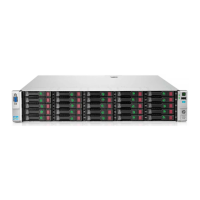
